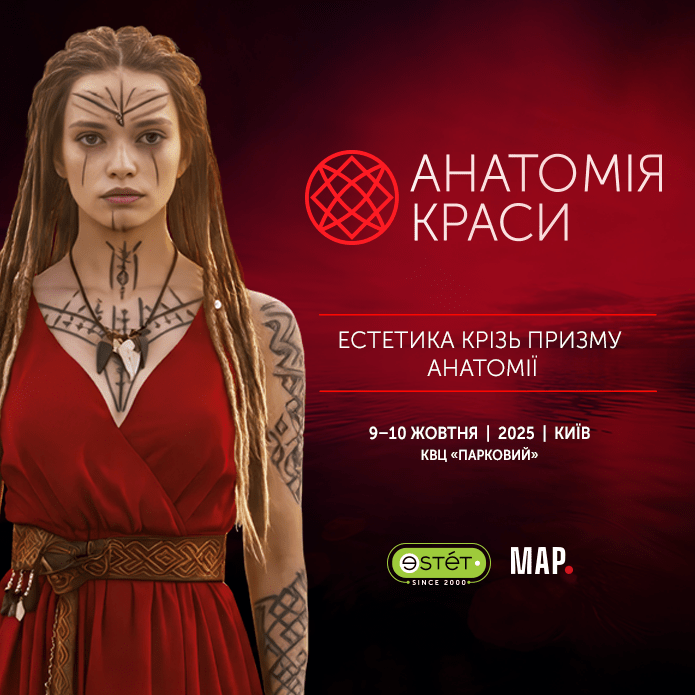
Sunscreens: Who’s the strongest of them all
The idea of “smart sun” has long been promoted in the West, and each part of the world has its own requirements for sun protection products.
European Union
Since 2006, a regulation has been in place requiring that at least one-third of the SPF value must refer to UVA protection. This formed the basis for the UVA/UVB balance rule. In addition, products must provide protection across a broad UVA spectrum (mandatory up to 370 nm). Sunscreen products must not be labeled above SPF 50+ — higher values are considered misleading, as they may encourage prolonged sun exposure. Products with SPF below 6 are classified as skin care (Skin Care), not sun protection (Sun Care).
USA
Sunscreen products are classified as over-the-counter (OTC) drugs. It is mandatory for the packaging to indicate the level of protection separately for UVA and UVB rays. Consumers are expected to choose the level of protection themselves and decide how much they are willing to pay for it. The higher the UVA protection, the more expensive the product tends to be.
According to experts from the Environmental Working Group (EWG), many sunscreen labels on the US market contain questionable and potentially misleading safety claims — for example, “all-day protection” or “blocks all harmful rays.” In the EU, such marketing statements have been banned on labels since 2006.
Australia
Australia has one of the highest levels of solar radiation in the world. As a result, the risk of developing skin cancer is extremely high. For this reason, Australia enforces the strictest regulations on sunscreen products.
According to Australian legislation, sunscreens must:
- block at least 90% of UVA and UVB rays reaching the skin (first line of defense) — this requirement must be met even after a single swim;
- contain a combination of at least two antioxidants (second line of defense) — this is a recommended guideline;
- provide protection in the UVA-I spectrum — above 370 nm (indicating more effective prevention of photoaging and sun-induced allergies).
If a product meets these criteria, it can be labeled as compliant with the Australian protection standard.
CIS Countries
There are no specific requirements for sun protection products.
Thus, sunscreens formulated according to European standards are perfectly suitable for use in Europe. However, when traveling to the tropics, subtropics, or high altitudes, it is better to choose products with special labeling or those made according to Australian protection standards. This is because UV radiation becomes significantly more intense: it doubles in the tropics and increases by 8% with every 100 meters of elevation in the mountains.
Yulia GAGARINA – chemist and cosmetic product development technologist. Co-founder & Brand Developer at Resens Ukraine, Co-founder at Laborantki. Former Lead Product Development Specialist at Ecolife and Elfa Laboratory.
First published: 2019
Updated in 2025 to reflect current guidelines and recent scientific research








